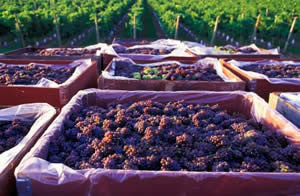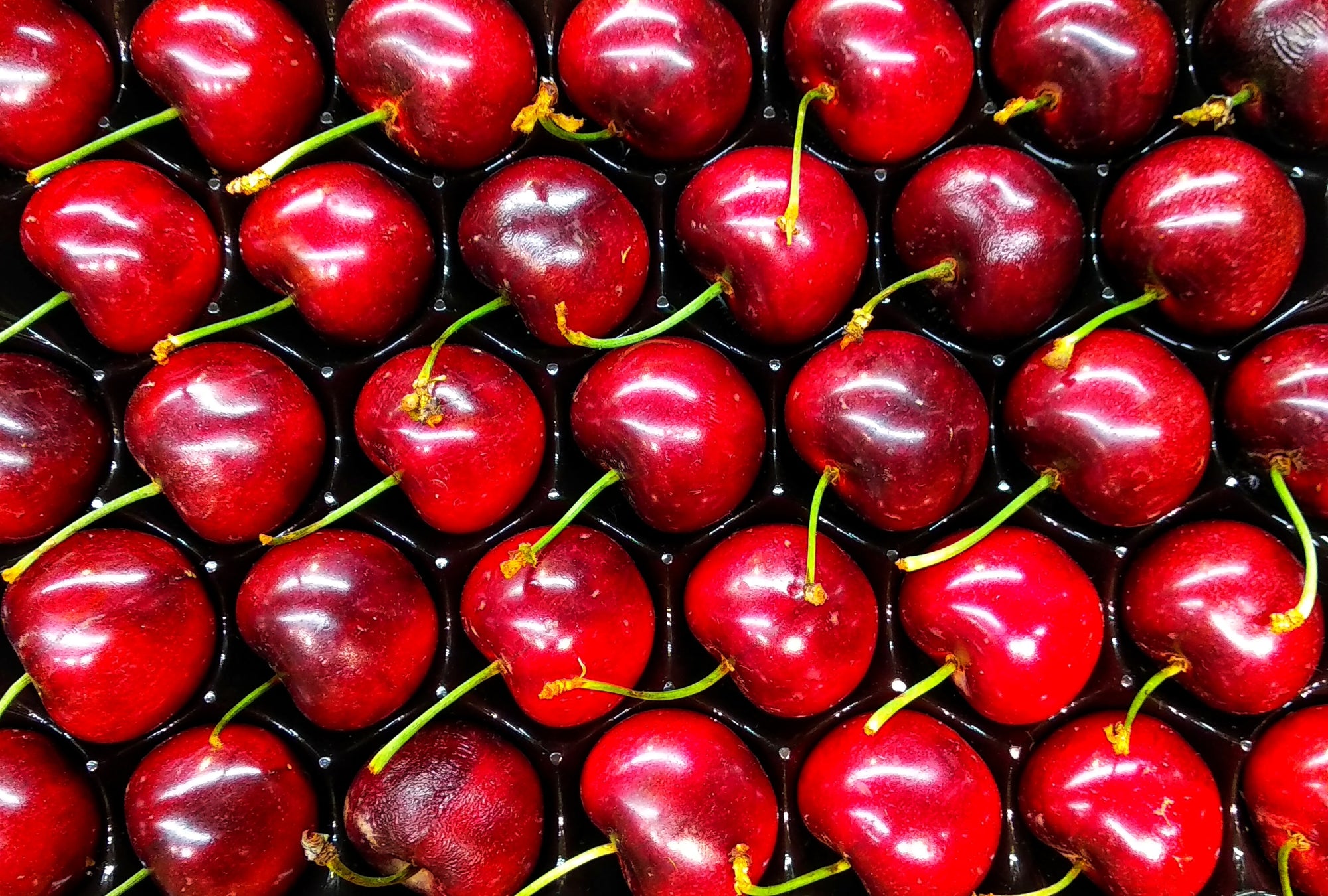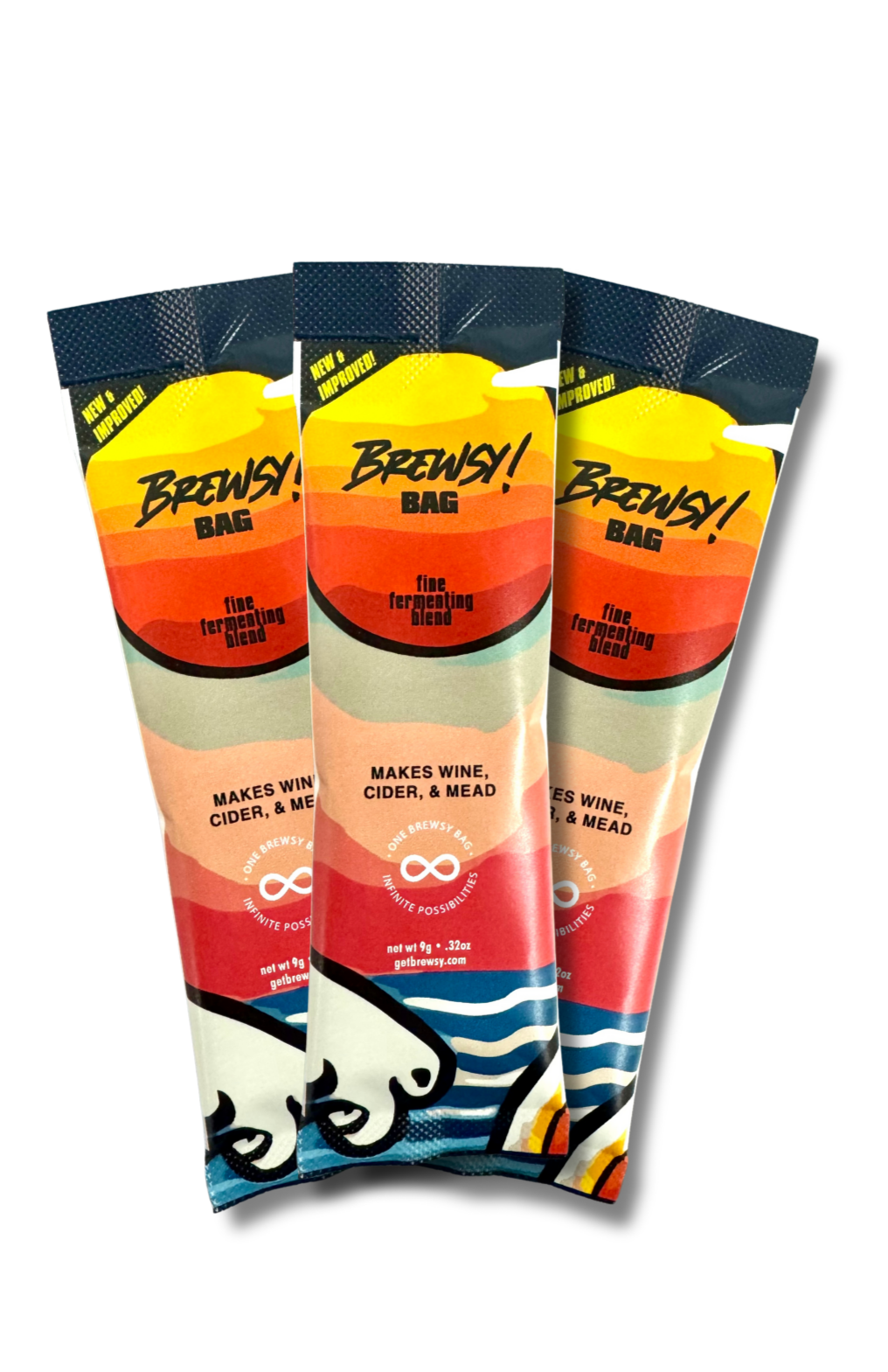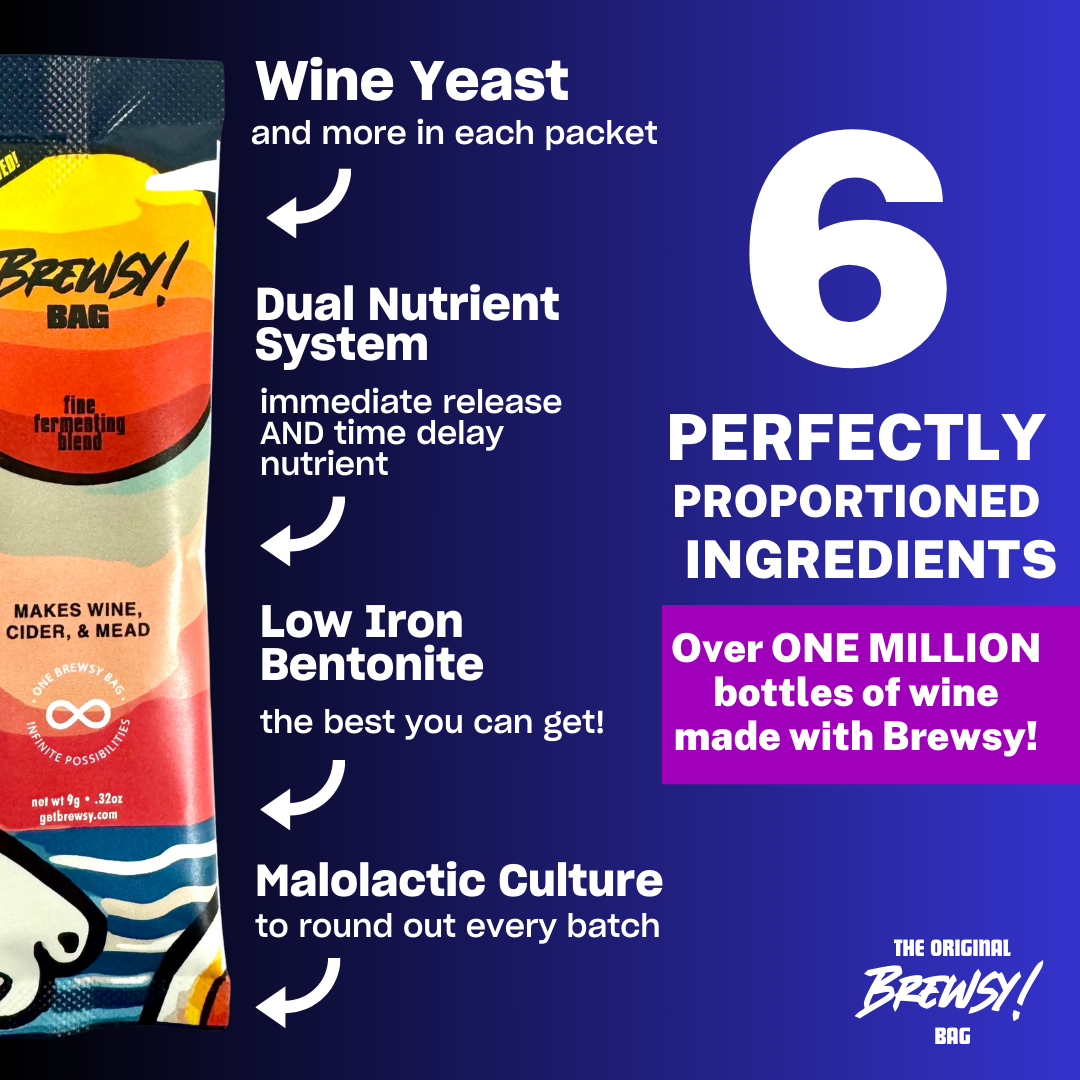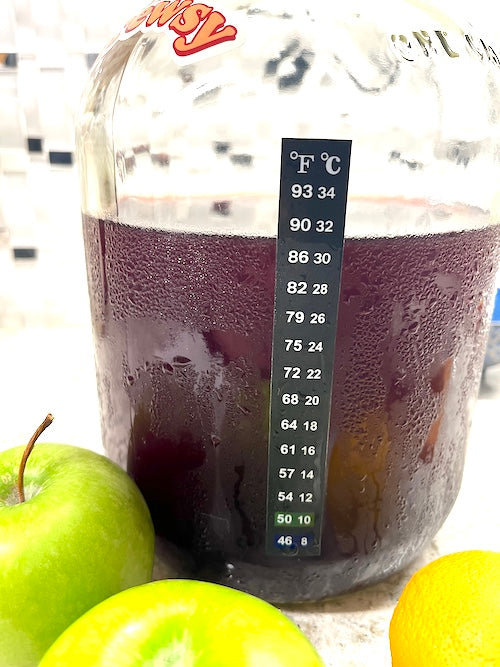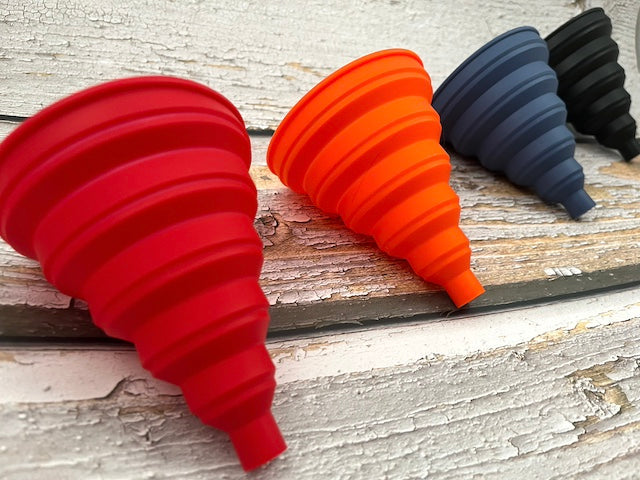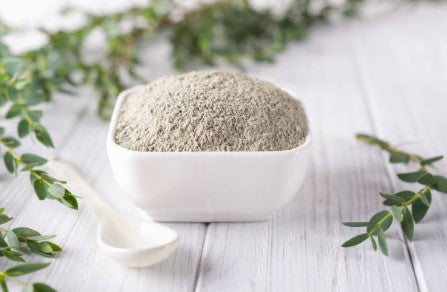
Bentonite: What is it? And what purpose does it have in winemaking?
Bentonite: What is it? And what purpose does it have in winemaking?
If you were told winemaking includes the use of a volcano, you would be right to be skeptical, however, it is also partially correct because of bentonite which is a form of volcanic clay which has been used in winemaking for literally thousands of years. So, what is bentonite and how does it help make wine?
Bentonite is an impure clay created by weathered volcanic ash. It is composed of various minerals including aluminum silicate. Because of its sponge-like qualities, it has seen a lot of use in all sorts of industries such as cat litter, sealants, and pottery, to name a few. Despite its industrial use, it is also used in the medical field where it has been used a base for dermatological applications such as a shield against poison ivy. Of course, its traits and characteristics have made it desirable to use in winemaking.
When used in winemaking, it acts as a fining agent which means it binds and bonds onto any floating particulates which cause cloudiness in wine. There are two types of bentonite used for fining wine: sodium and calcium. They contain different minerals but neither of these minerals will actually be ‘added’ to the wine. The process is simply that the clay absorbs the impurities, making the wine clearer.
Bentonite is usually added to wine before the fermentation has been started which, in this case, is included in the Brewsy bag, and unlike GoClear which is added post-fermentation. It is traditionally mixed with water to form a slurry which is then added to the wine, however, the form we use can be used as-is. The bentonite will settle to the bottom of the tank or barrel and as it does, it will pull all of the floating particulates with it. Once the process is complete, the wine is cold-crashed and, since it does not completely dissolve, it becomes part of the sediment that sinks to the bottom, which is not just the bentonite but also the collected impurities during the fermentation process, and is racked off.
While it used to remove undesired particles and cloudiness, excessive use in the winemaking world has also lead to the removal of actually desired aromas and tastes due to its powerful absorption attribute, but with the amount that is found inside a Brewsy bag, that is not a worry that should ever cross a hobbyist winemaker's mind.
Fun Facts About Bentonite
Most of the bentonite in America is mined in Wyoming which is also where the largest bentonite deposits in the world are found.
Bentonite was first discovered near Fort Benton, Wyoming back in 1895 by the Fort Benton Group named after the very town. The town is also the namesake of the actual mineral.
Since its discovery, it has also been found around the world such as China and Greece.
Bentonite is sold in several different forms such as: powder, flakes, or pellets.
So next time you are enjoying a glass of wine, remember the volcano that helped make it possible! Cheers!



